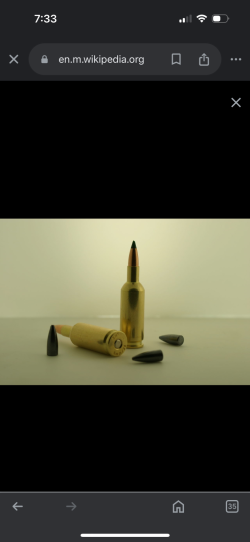Calvin45
Well-Known Member
To answer this simply as someone that designs my own cases, YES, shoulder angle and case taper matter, not just for the brass, but for the chamber throat too.
Minimum case taper to stop ANY chance of sticky extraction, has been tested to be .005" per inch. Ackley is .010" per inch.
Shoulder angle does 2 things, the steeper it is, the less case growth you get and it holds the flame front longer inside the case and protects the throat/leade for longer. Even straight walled cases have a minimum case taper parameter.
Neck length is also a consideration in conjunction with shoulder angle.
30° is useless for throat protection, 35° does provide SOME throat protection, 40° definitely protects throats with neck length minimums and 45° provides maximum protection to the throat with neck length optimums and cases hardly ever stretch.
The ONLY difficulty with these shoulder angles is the fact that sizing them becomes difficult as the brass resists and springs back to memory, so annealing is necessary every firing.
If you understand these difficulties first, then have your dies made, there should be no clickers and other such issues.
Cheers.
Mr. Maniac sir!!!!
I'm trying to remember if I was you i was talking with a while ago about this, but either way….what's your take on the + and - of the curvy weatherby double radius shoulders, while we're talking about shoulder and case geometry anyway it seems relevant and hopefully not too derailing. You do seem to know a lot and have a fair bit of experience with gathering experimental data from this field of research.
I personally do not think that it's only a gimmick or just for the sake of being different/proprietary. If nothing else it allows for a "net" sharp shoulder angle that still feeds from a magazine like a greased sausage!

